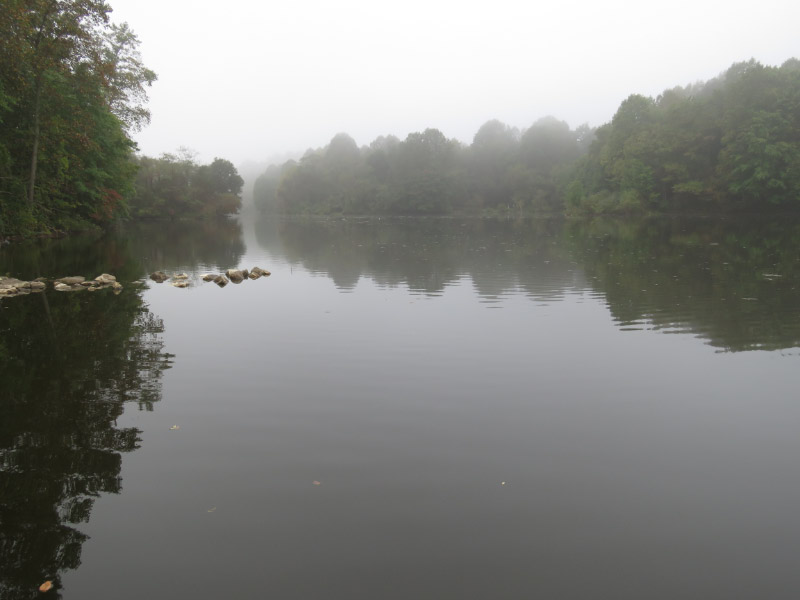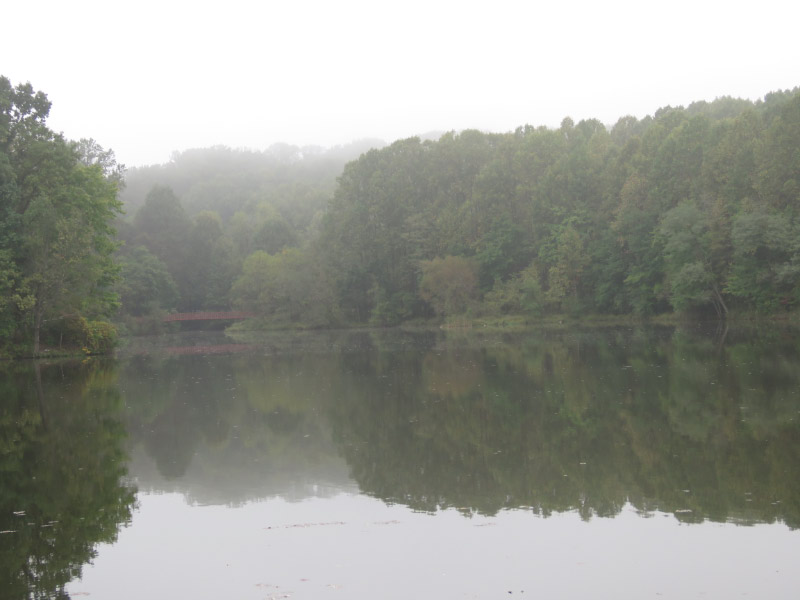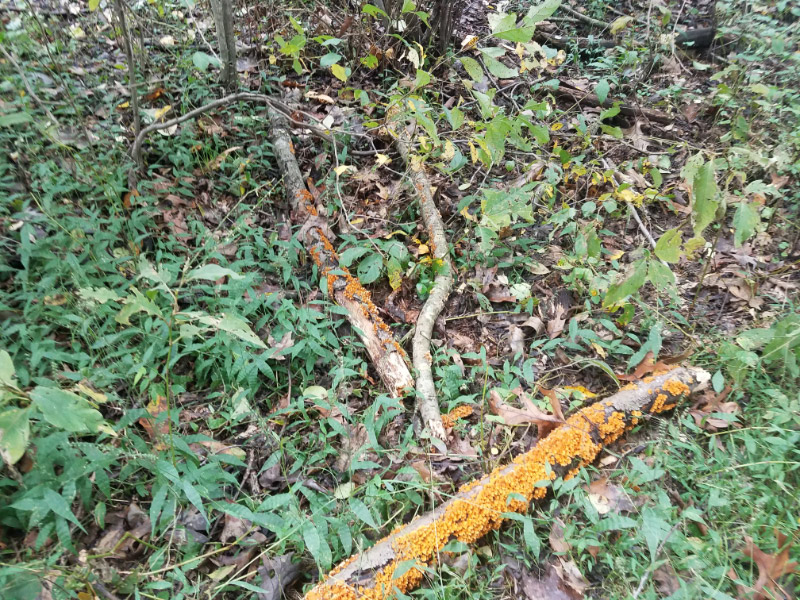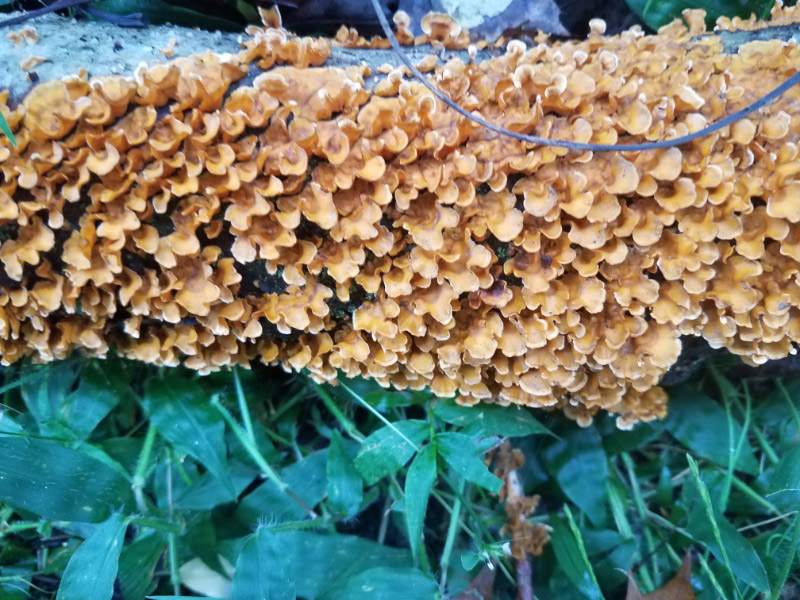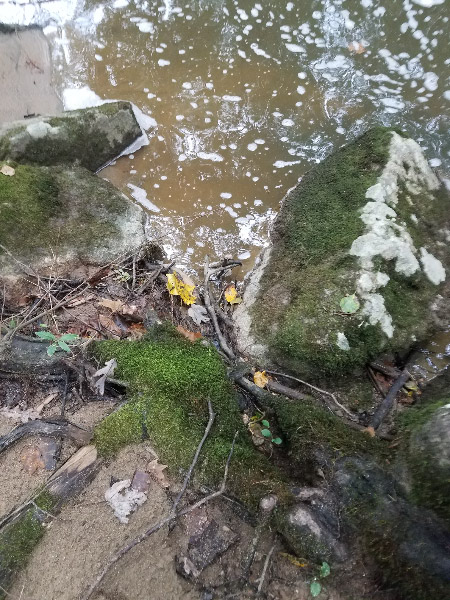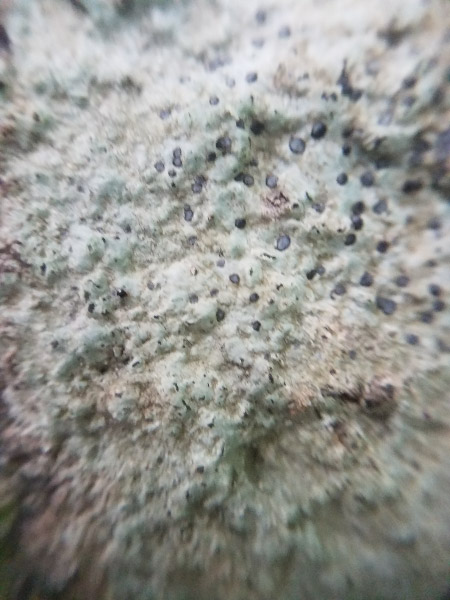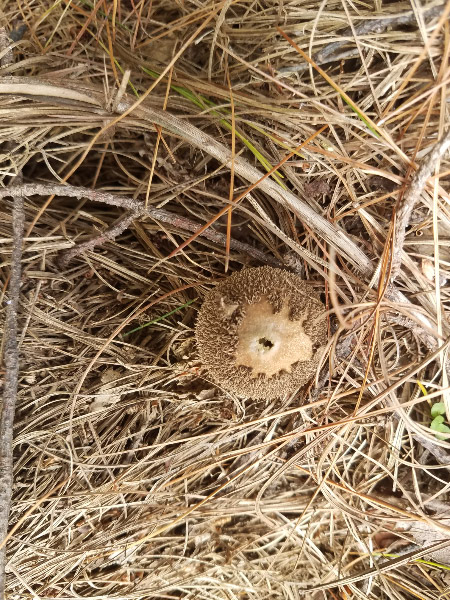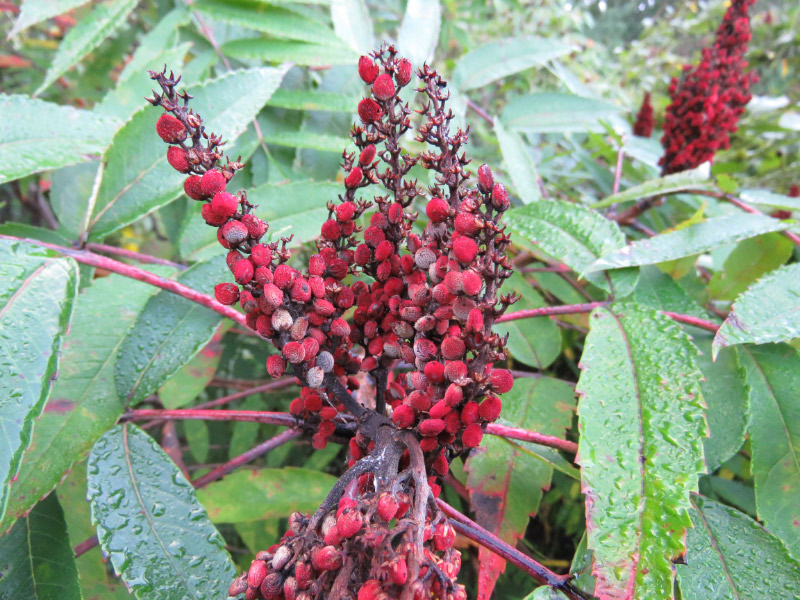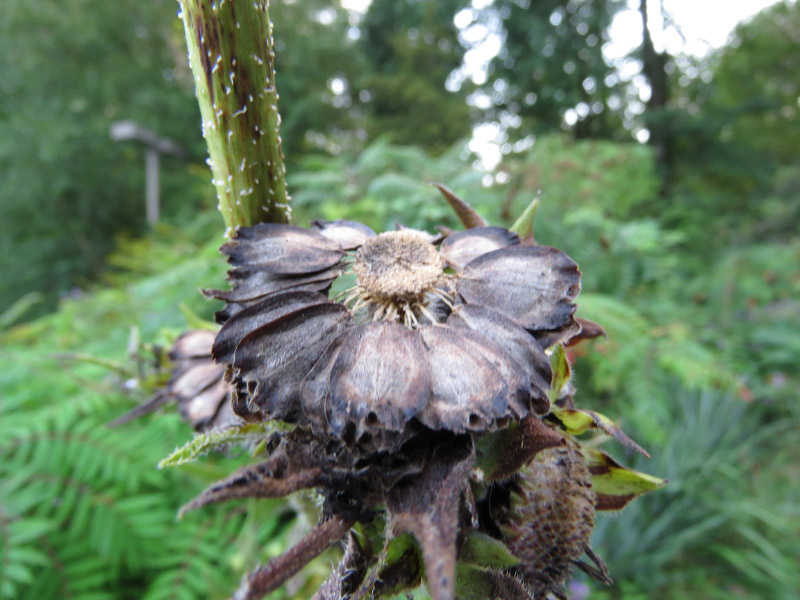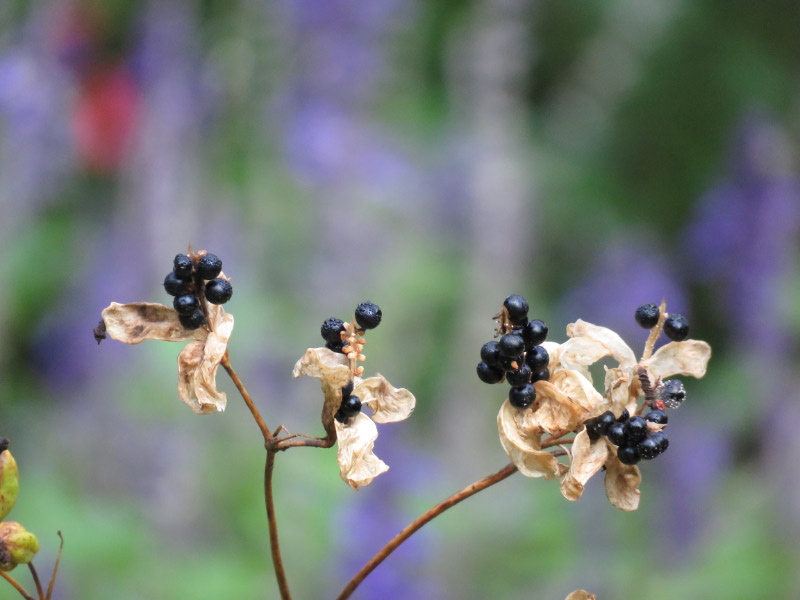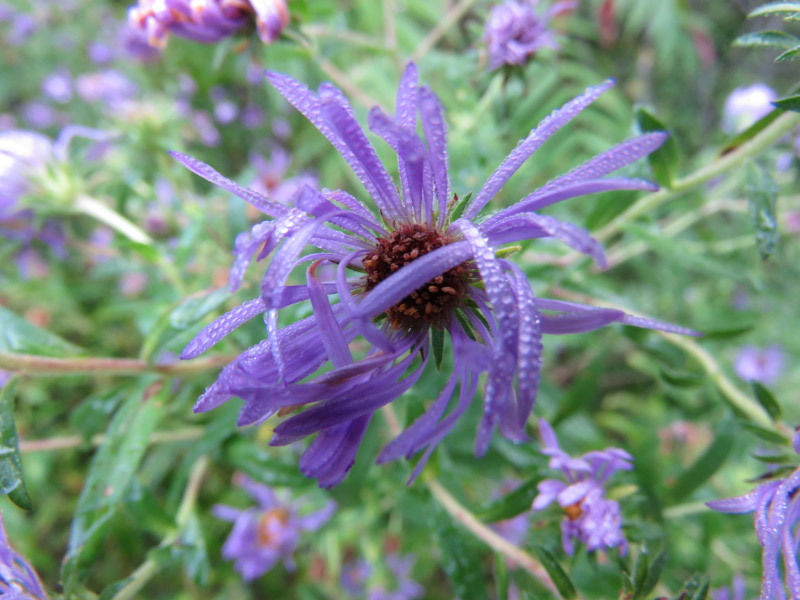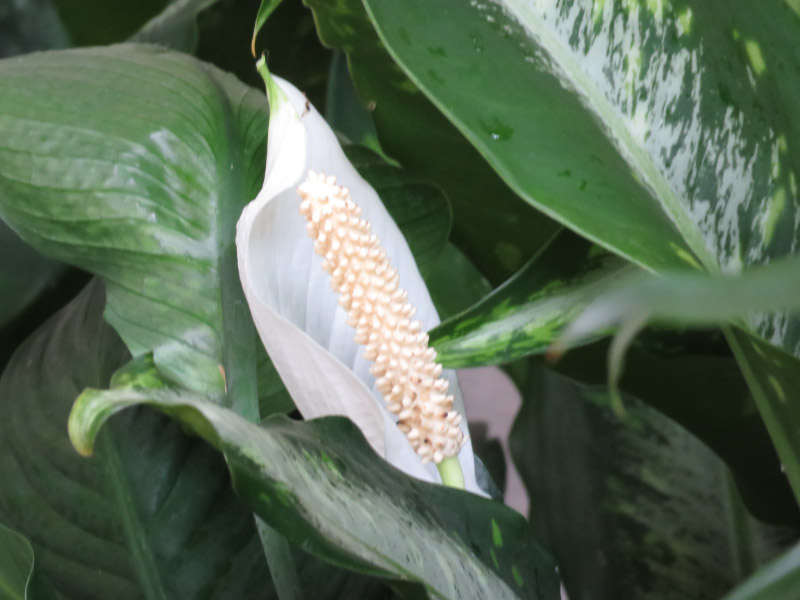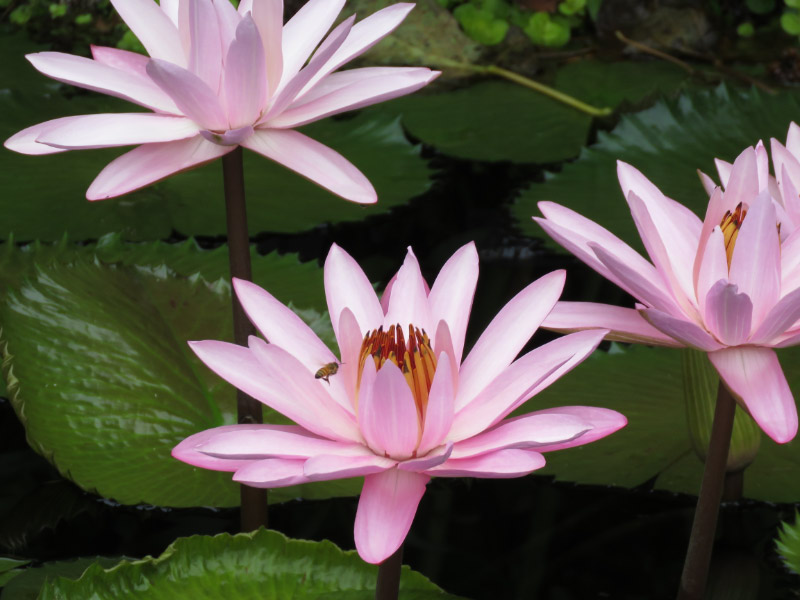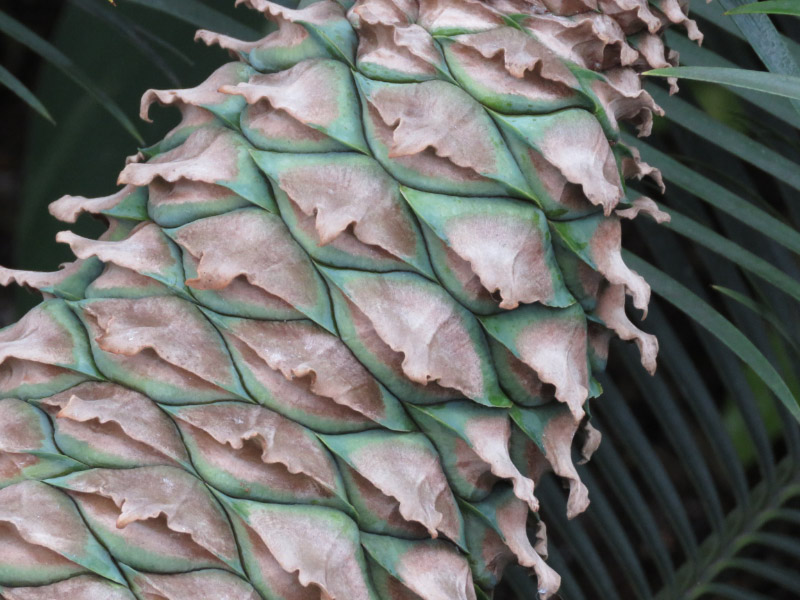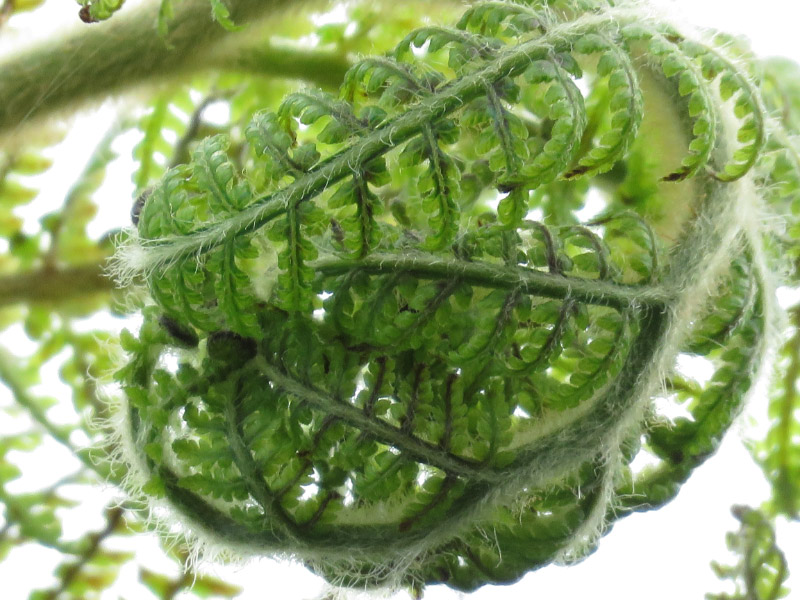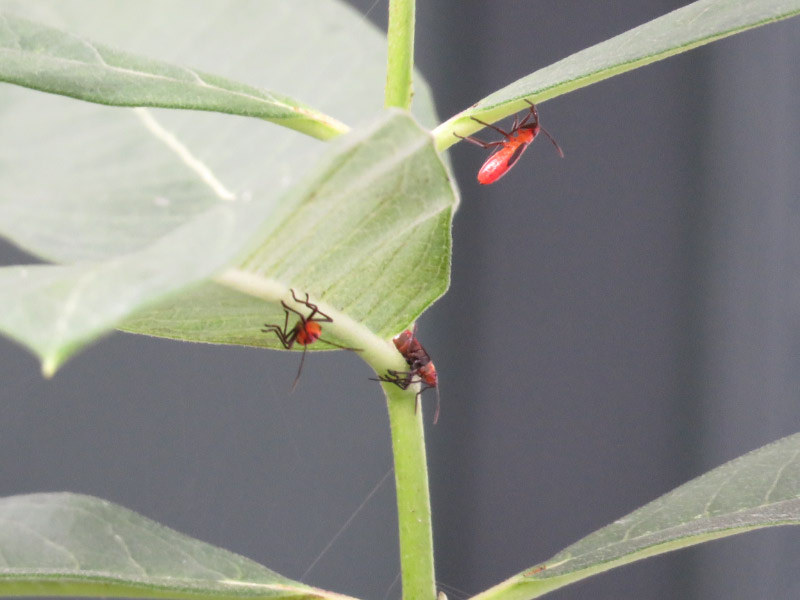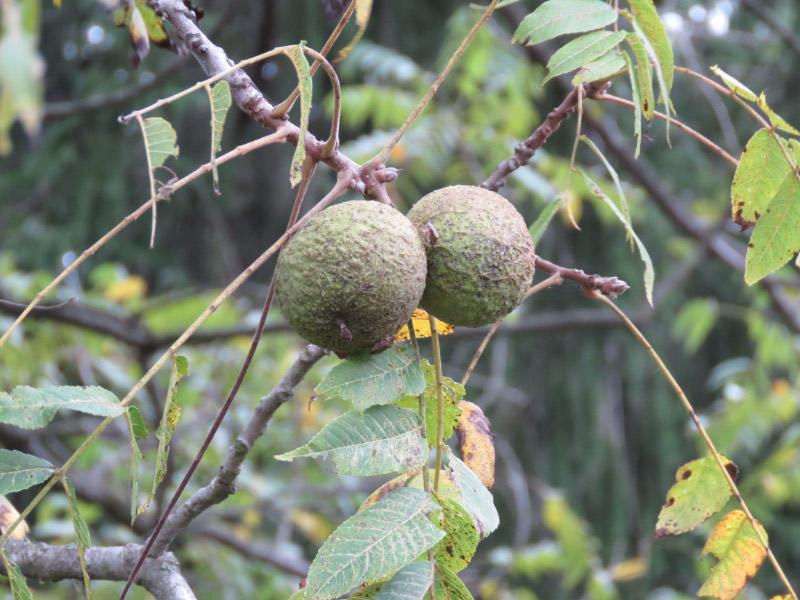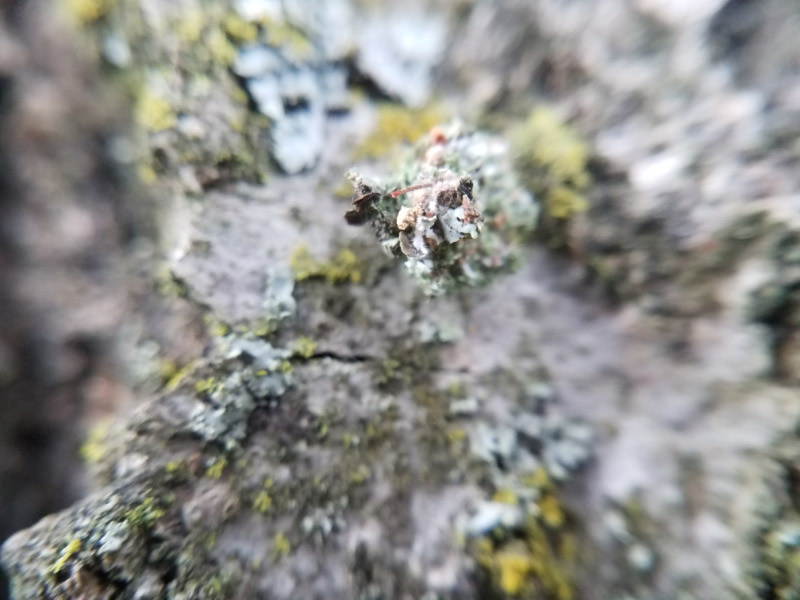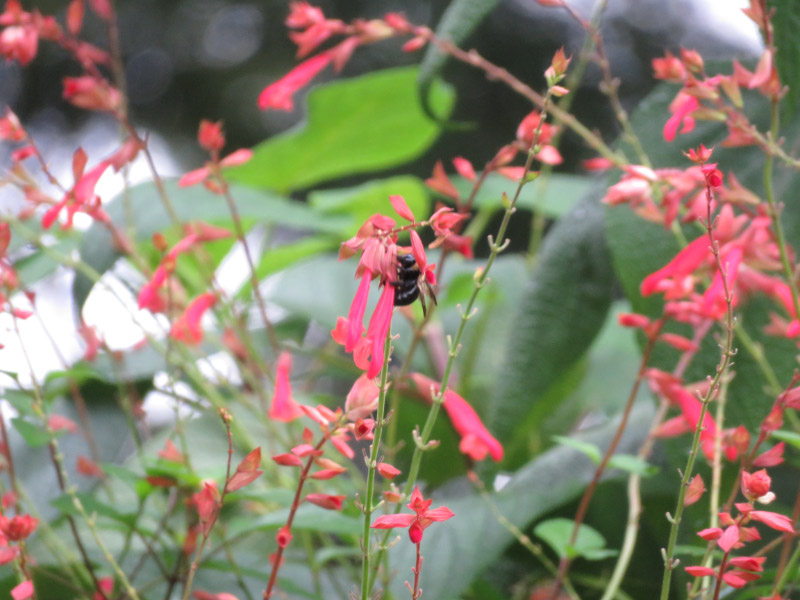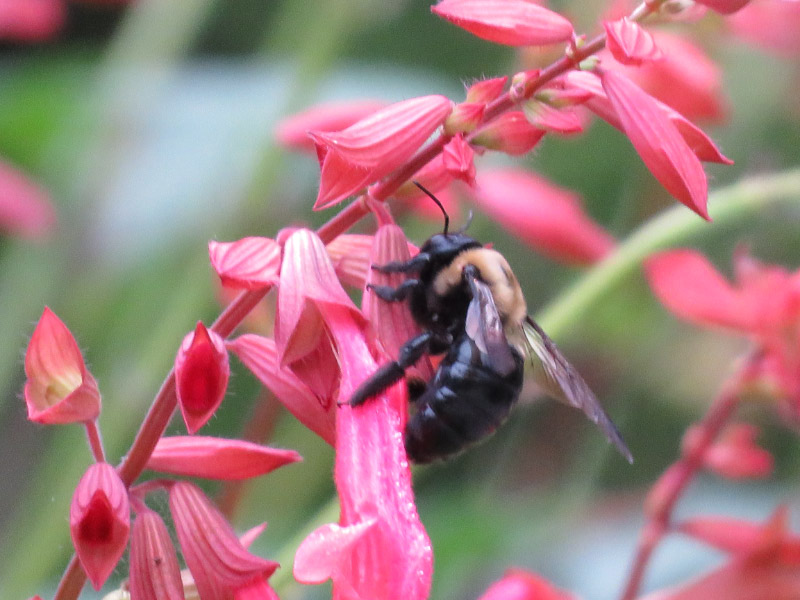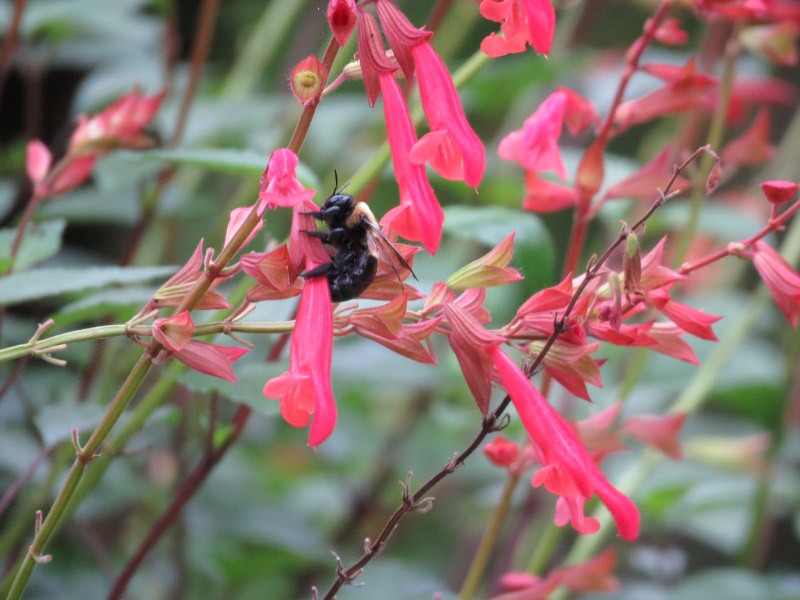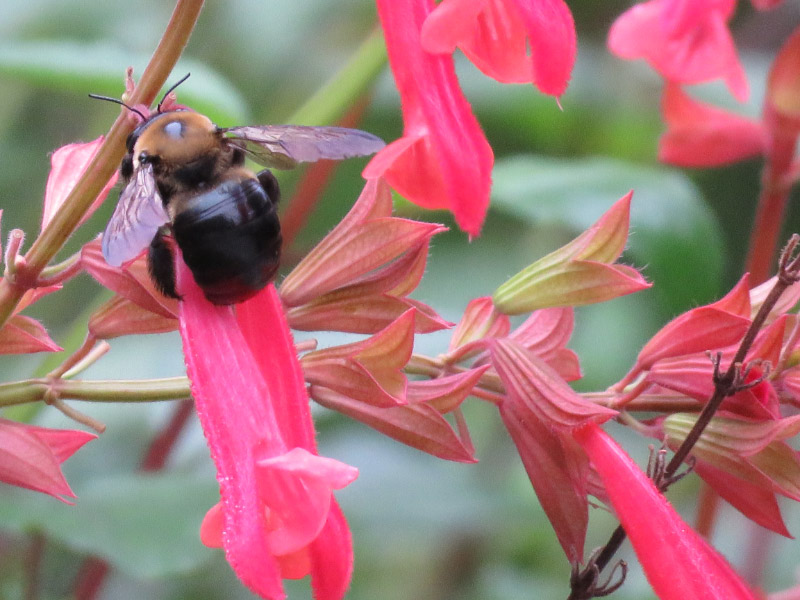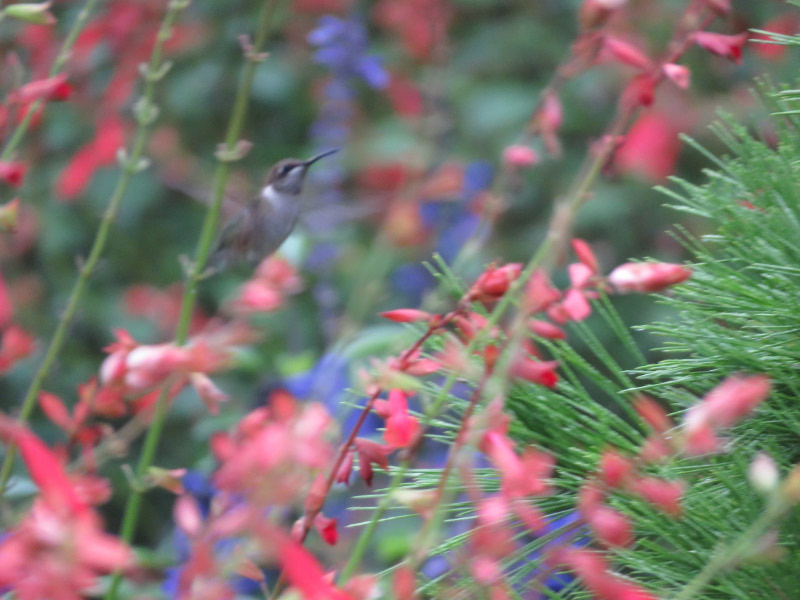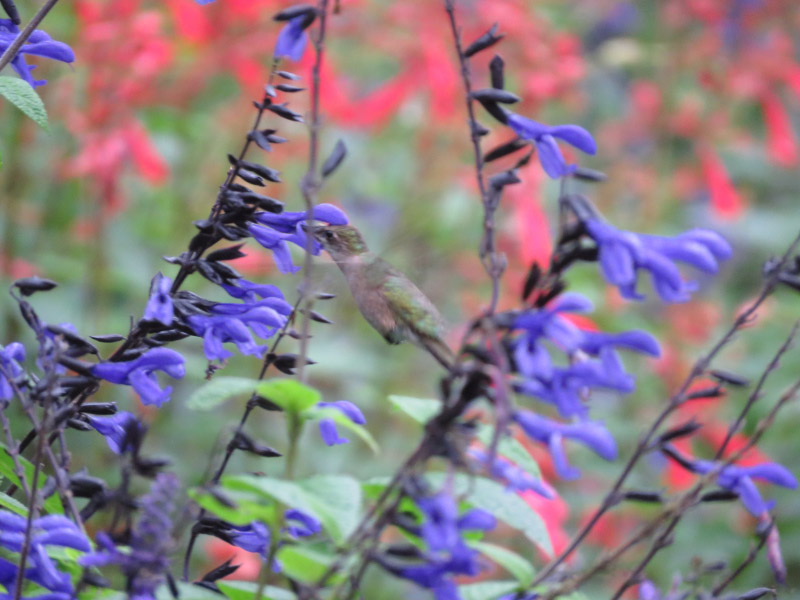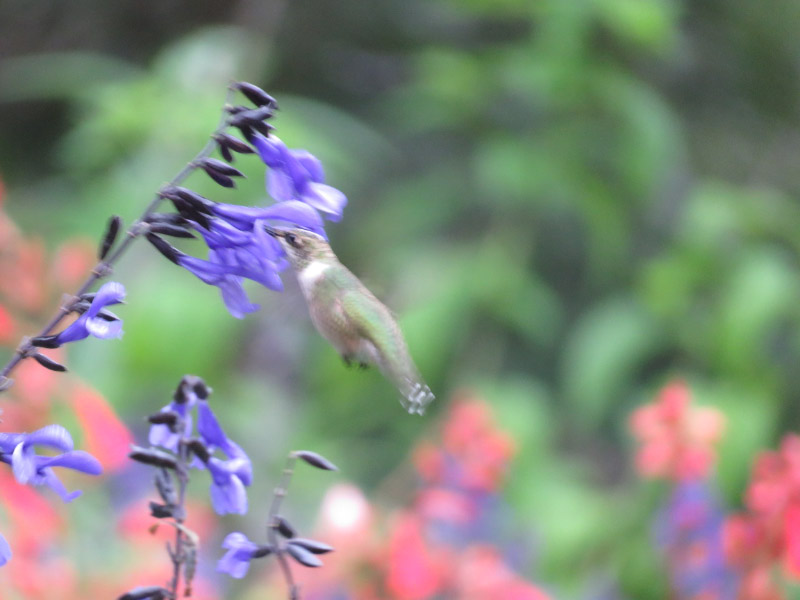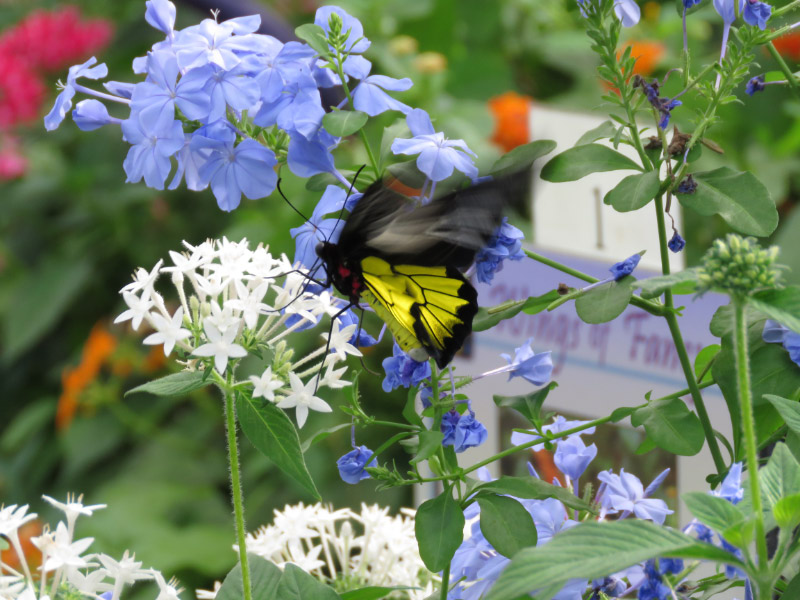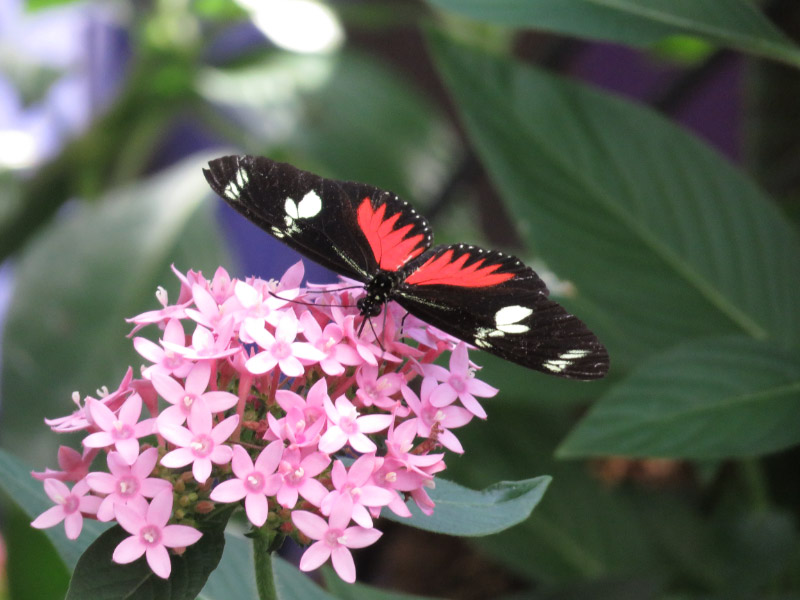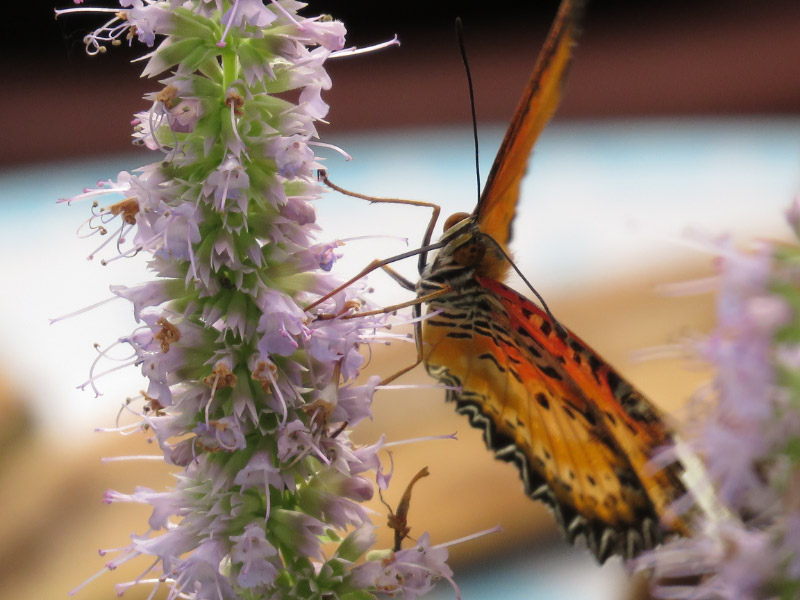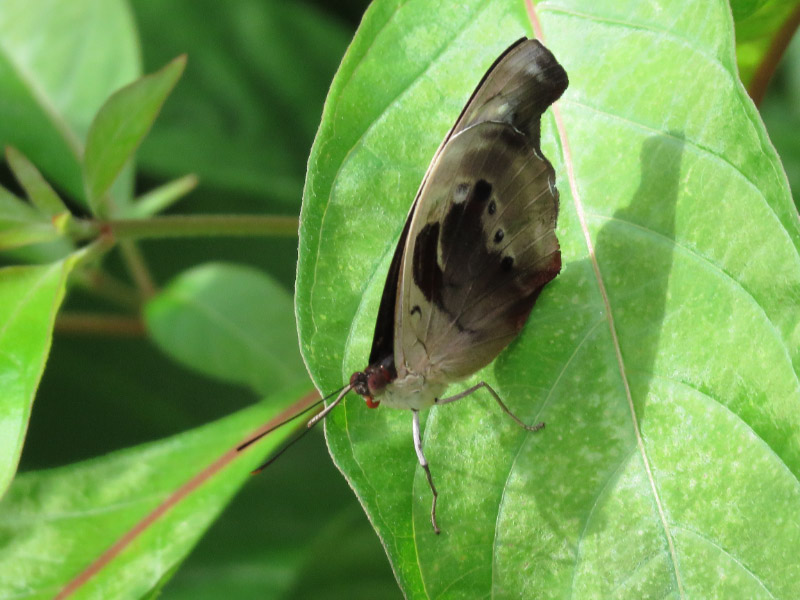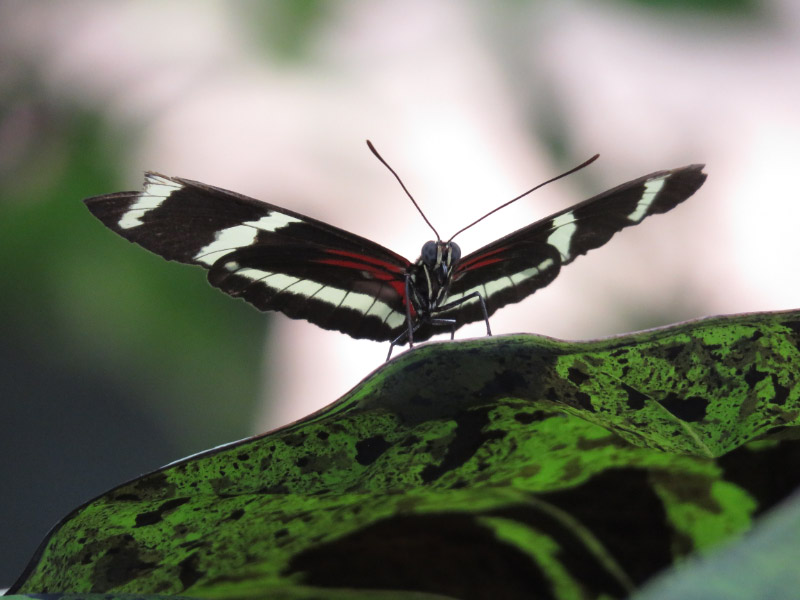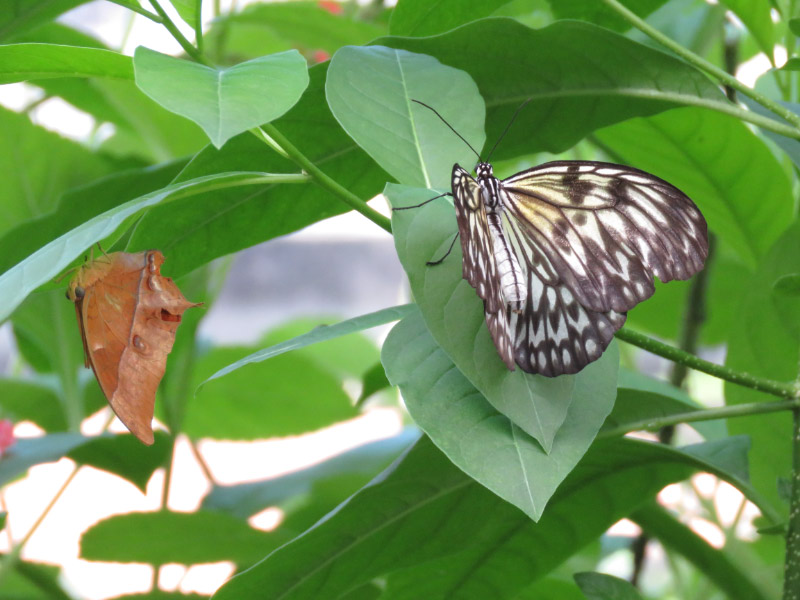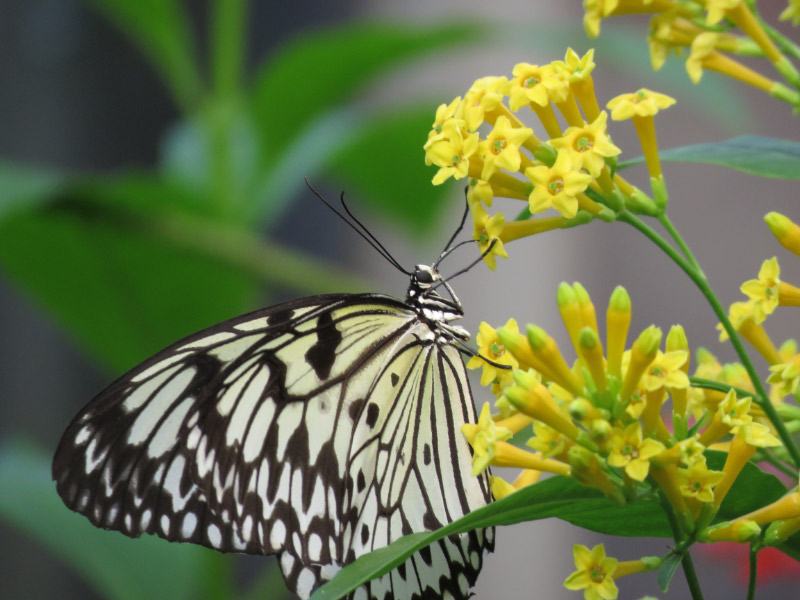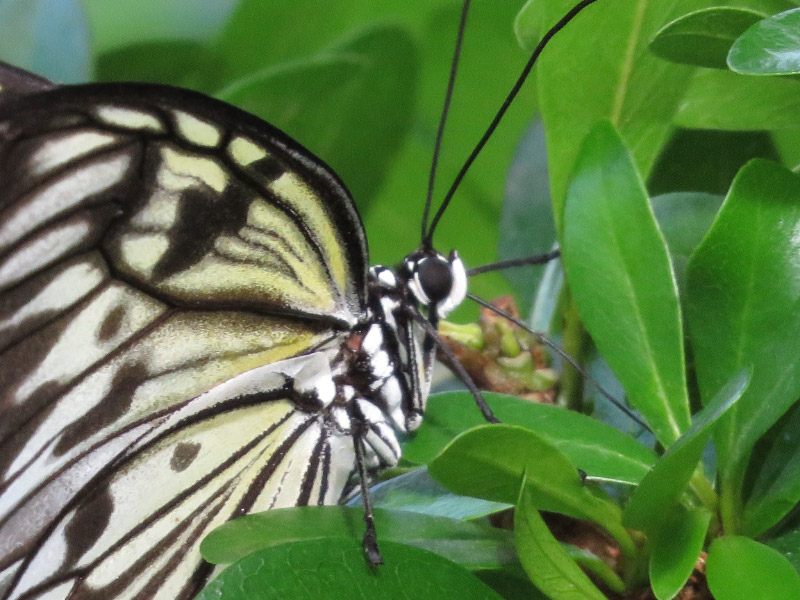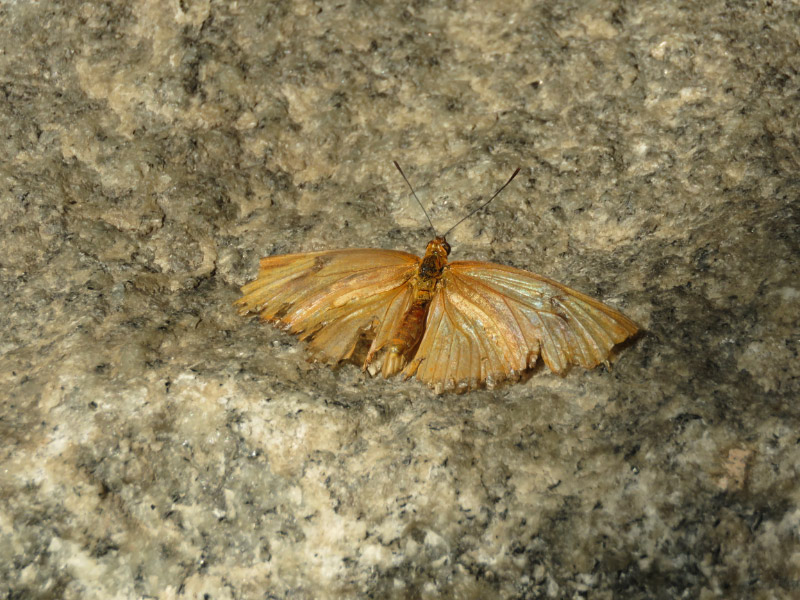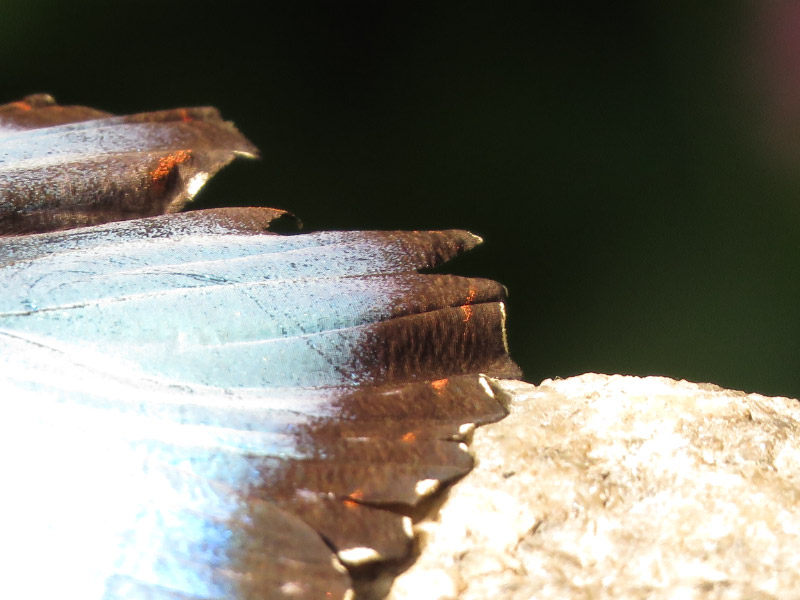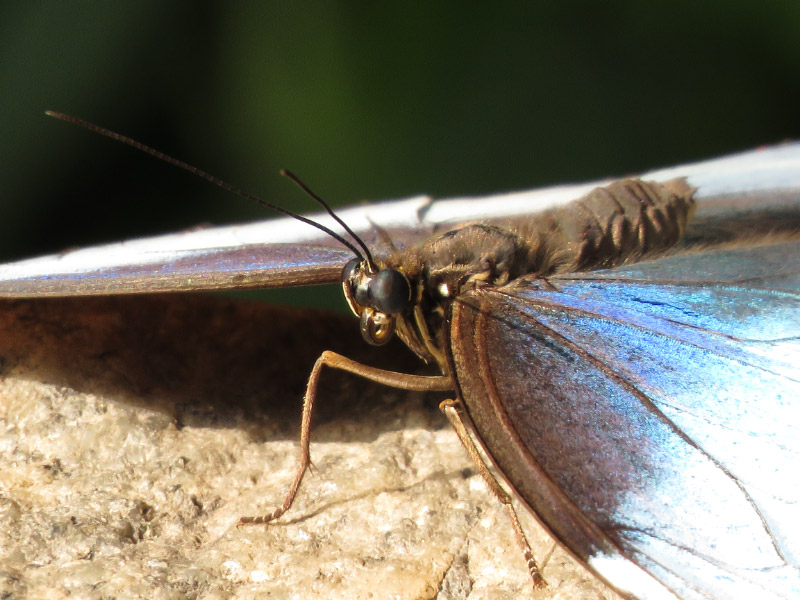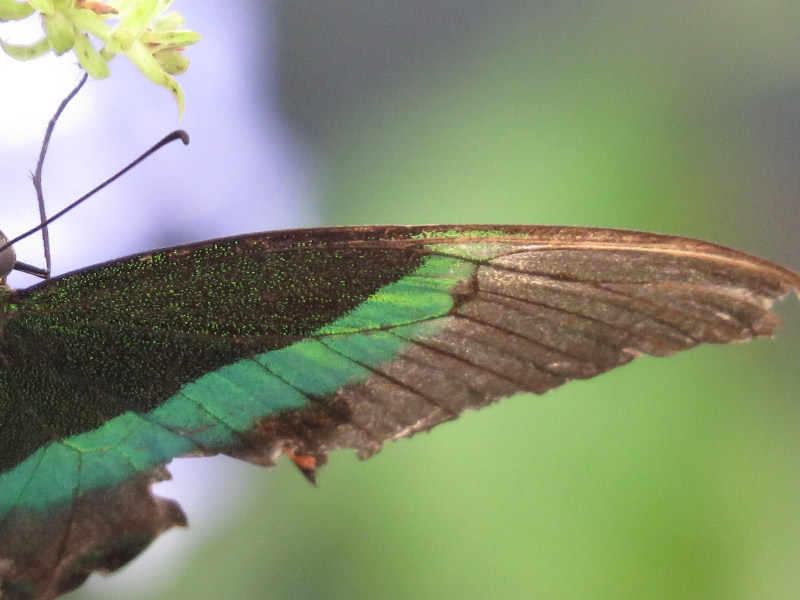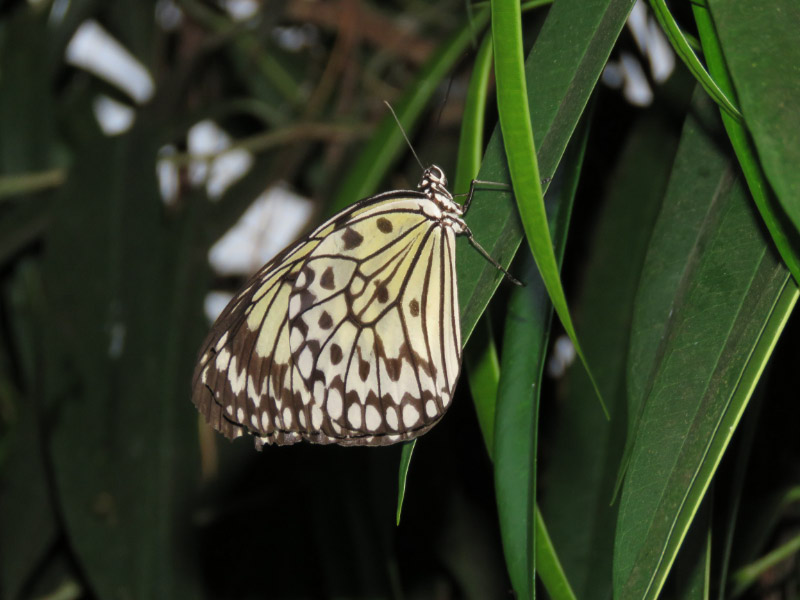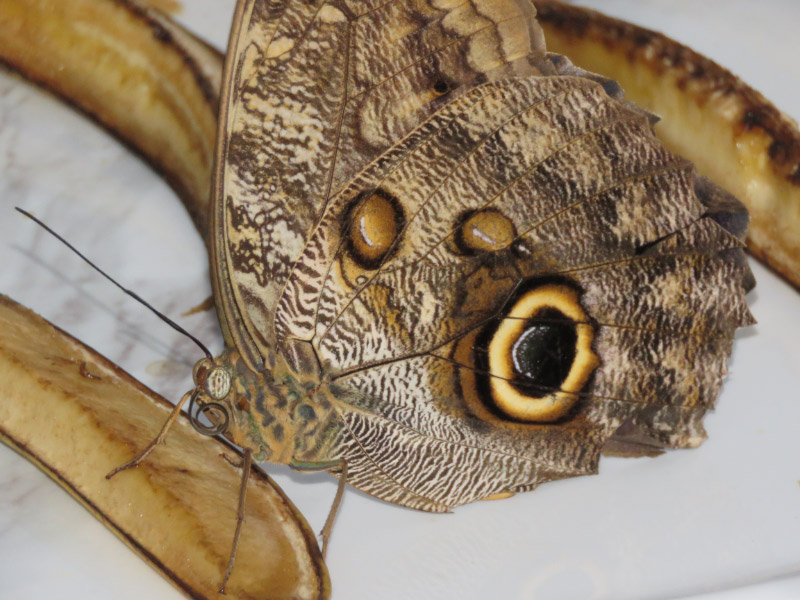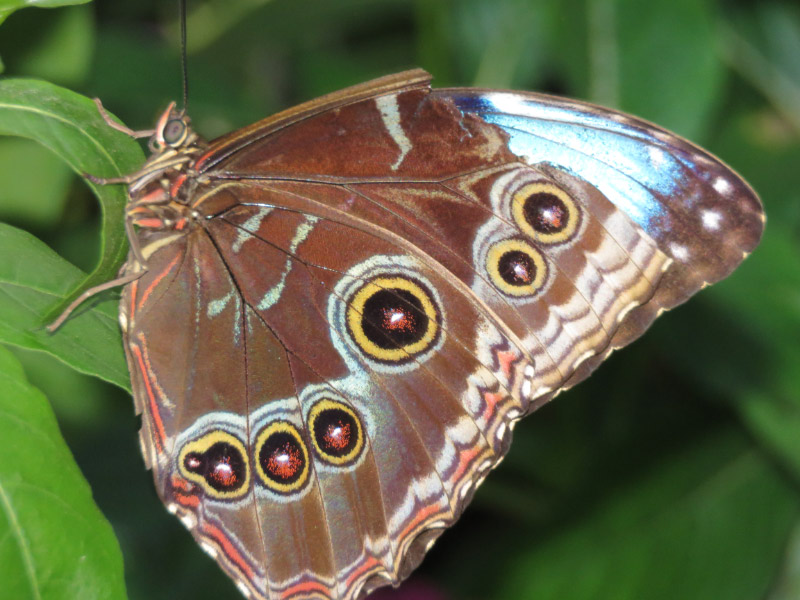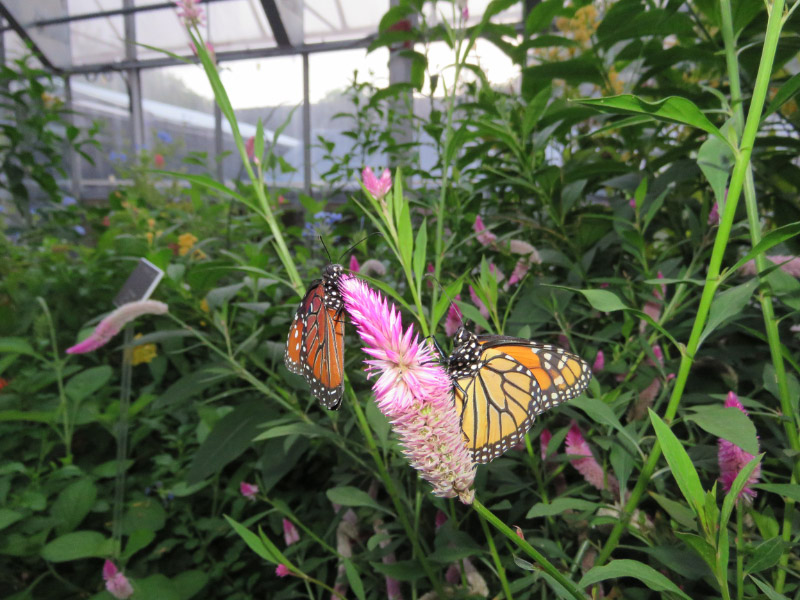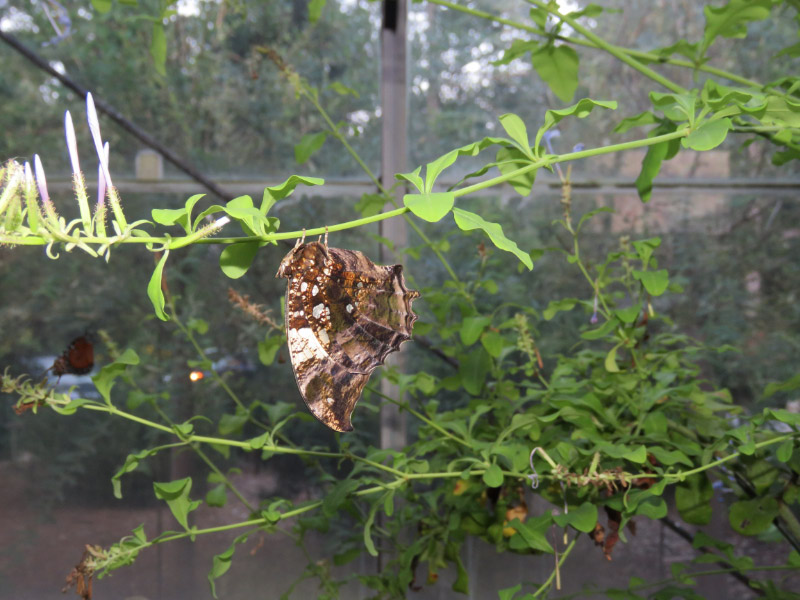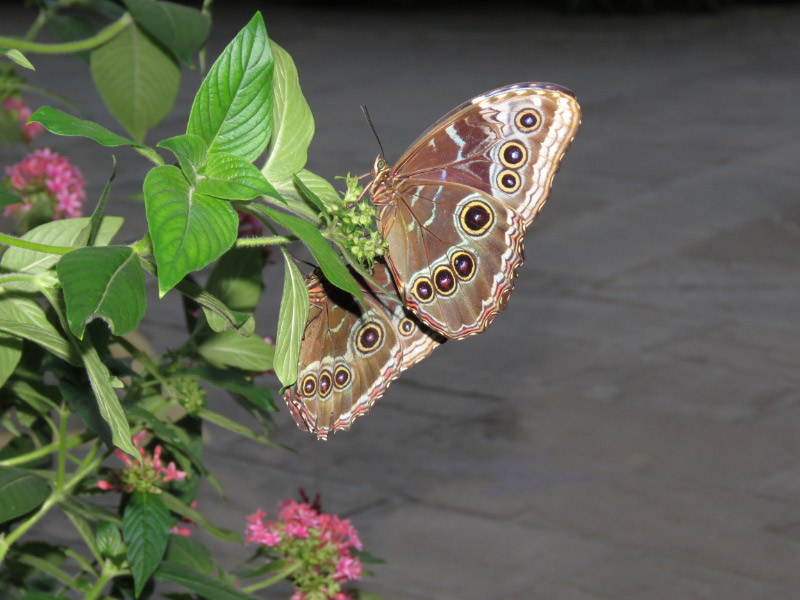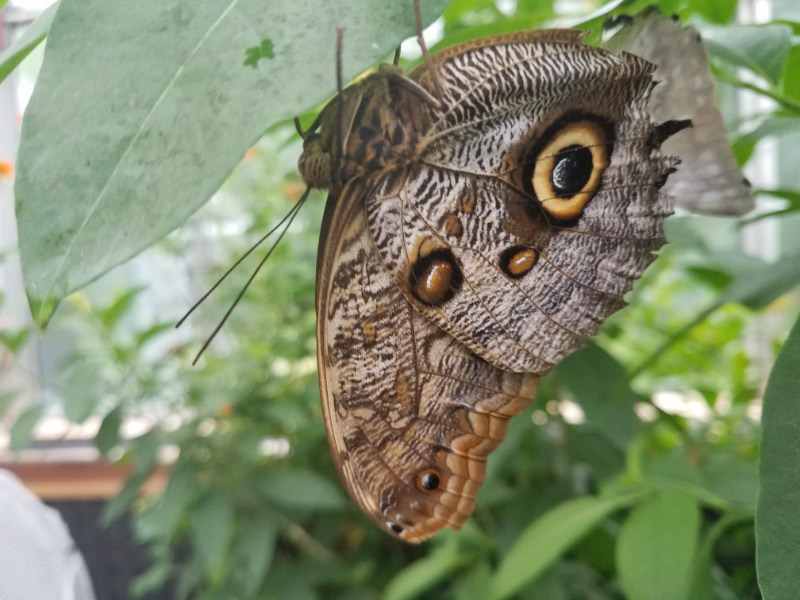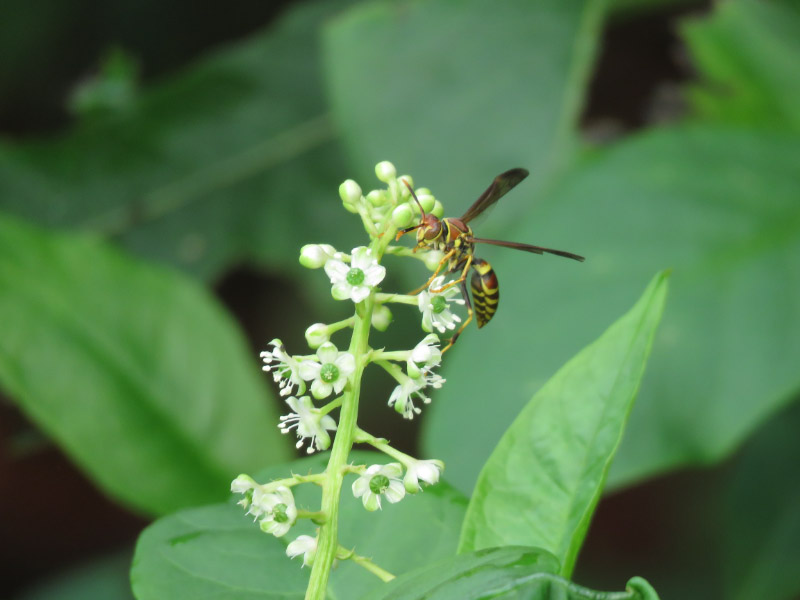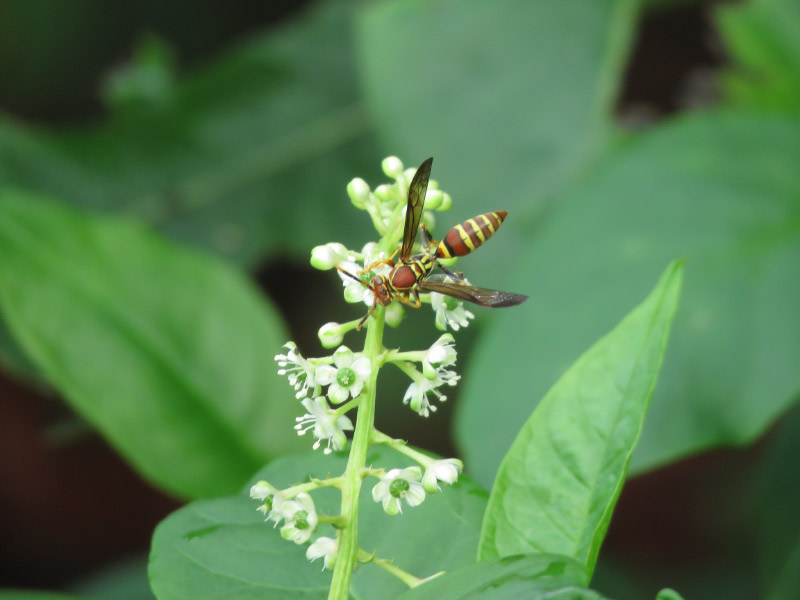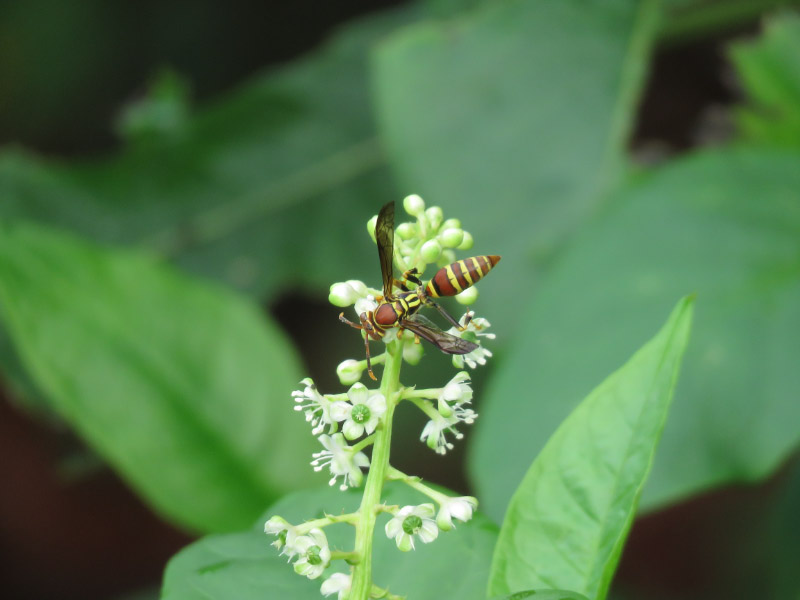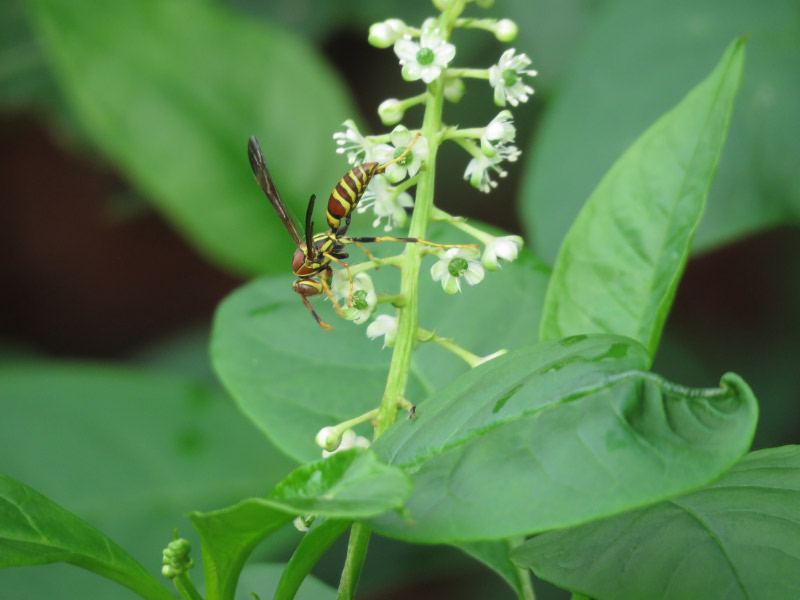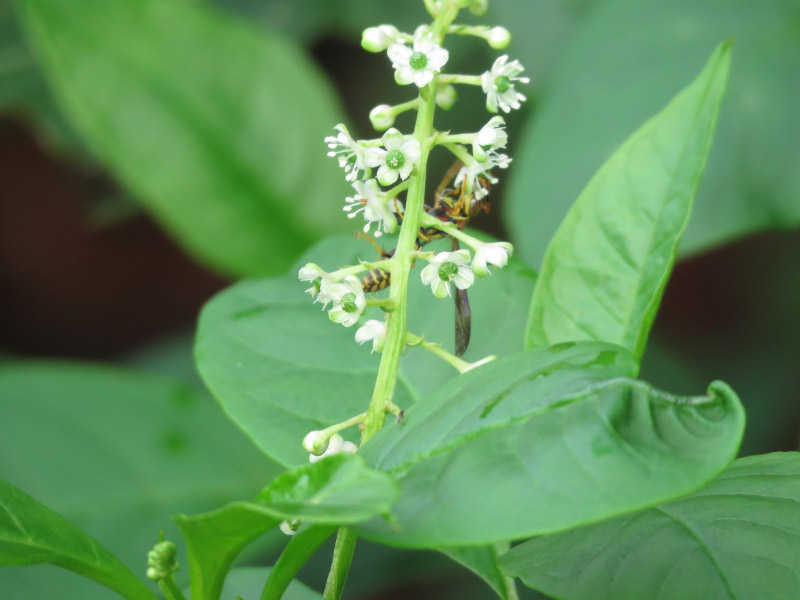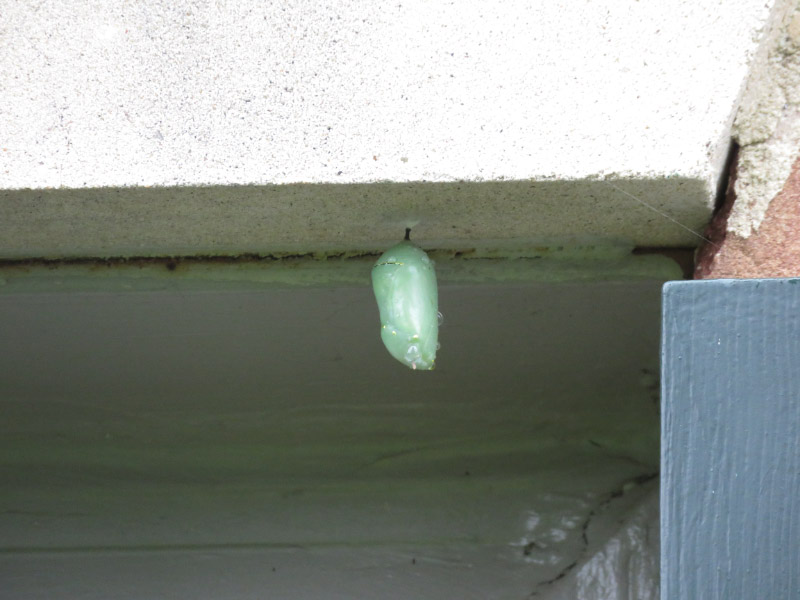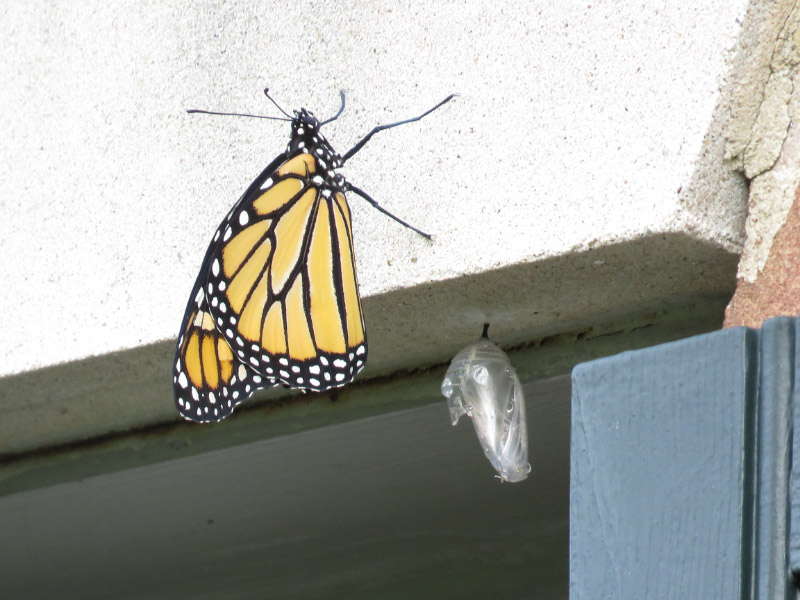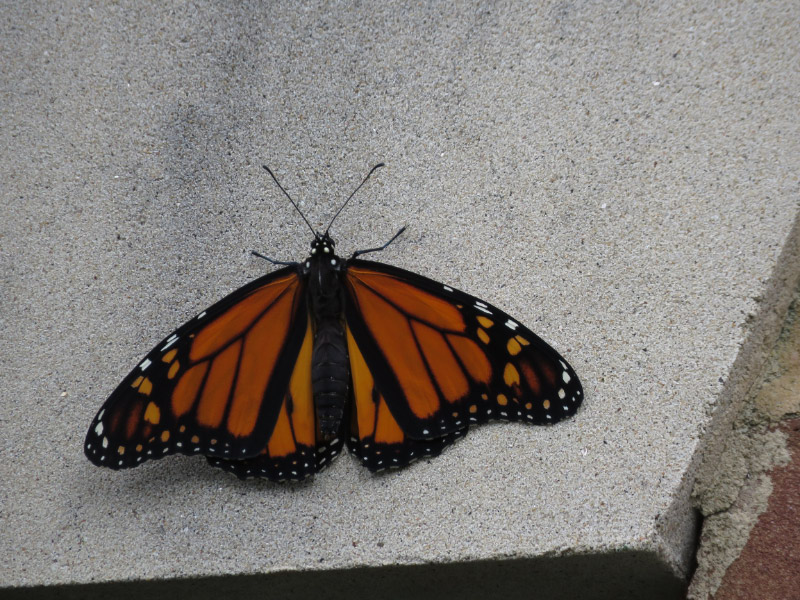CSA Share
/The Gorman Farms CSA season is about done but I am enjoying everything in the shares we are getting. A recent share filled the ceramic top of my stove. There are carrots with more top that carrot – but I like the tops in salads and soups; as soon as I got them home I cut the tops off, cleaned them and put them in a plastic bin with the parsley. I’ll eat the carrot tops first since they won’t last as long as the parsley. The carrots themselves will be eaten with hummus for snacks. They were very muddy. Heavy rain and mud has made harvesting more challenging than usual in our area.
I haven’t tried the watermelon radishes yet but I have enjoyed them in seasons past. We’re still getting a couple of onions every week which fits well with the way I cook. I’m a little behind on the winter squash; at some point I’ll cook them all and freeze the pulp to use like pumpkin. There were three tiny versions of butternut squash in this share; supposedly they are even sweeter and cook faster because they are small. The purple cabbages are small – struggling in the soggy fields probably. The peppers are holding strong; there were bell, banana, and roasting peppers in the share. And then there are sweet potatoes…several pounds every week; I’m saving the ones that are cured to eat after the CSA is over for the year. There was quite a selection at the overage table and I picked the fennel; I’ve developed a taste of it…since joining the CSA several years ago; I’d never tried it before that.
Good eating in October!


